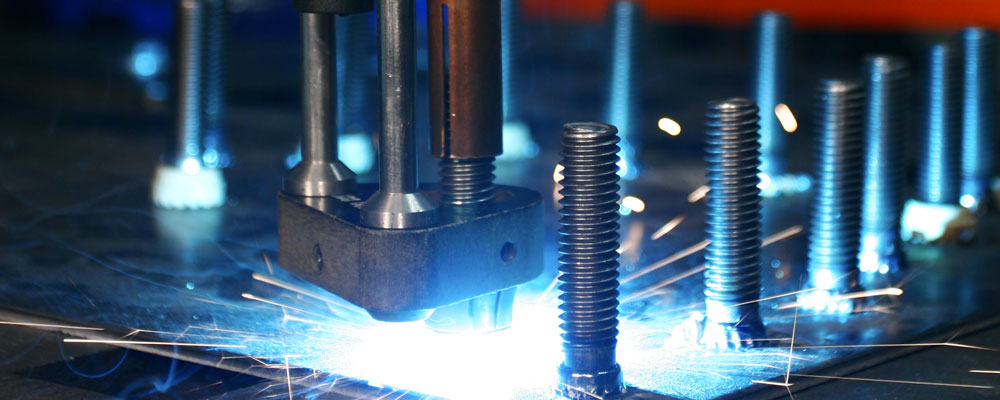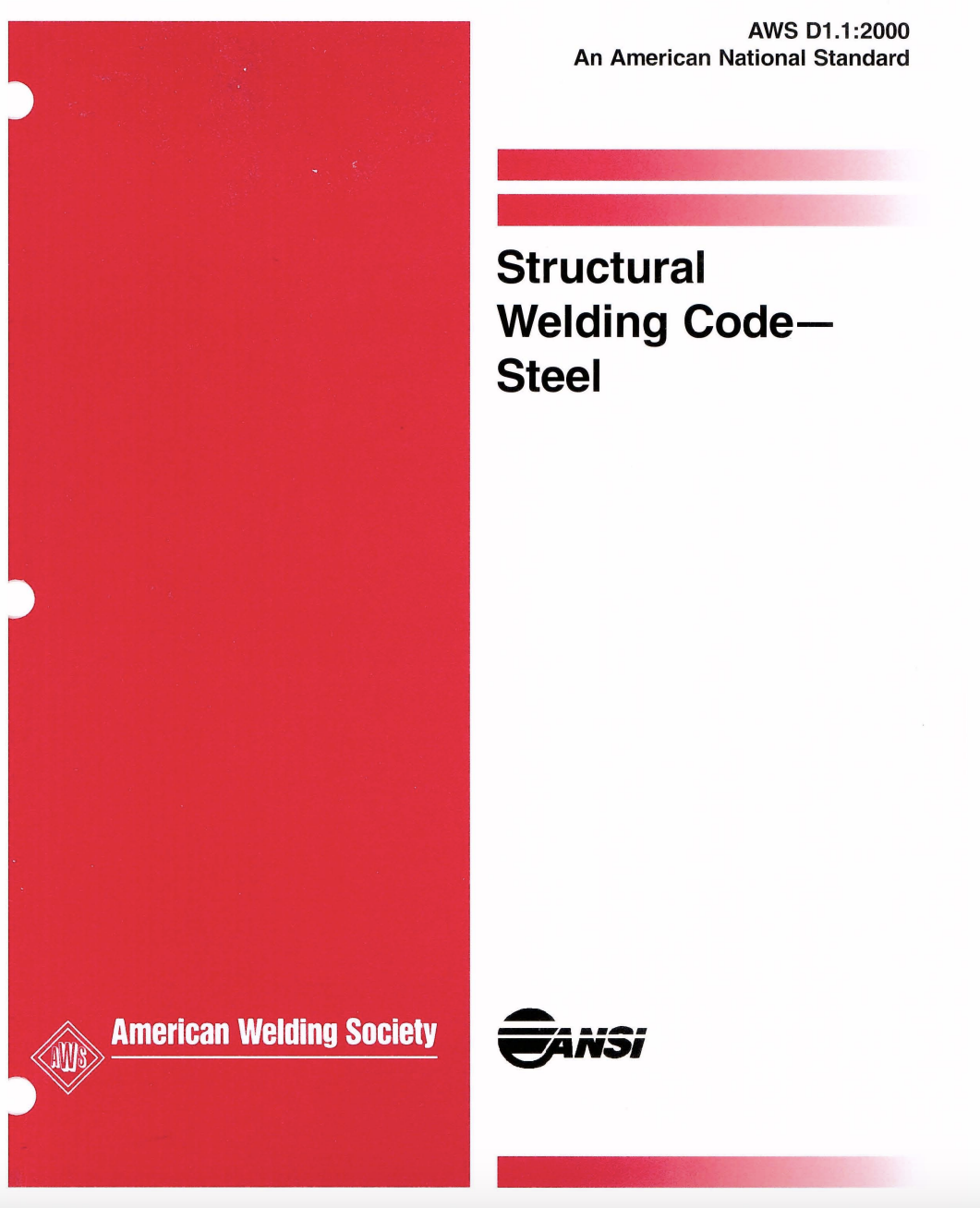What is Stud Welding?
Stud welding is a process of arc pressure welding, where an arc of lightning speed is used to fasten a metal stud or pin to its workpiece. After the welding time has elapsed, the current is switched off, thus allowing the stud to melt and position itself securely when cool. As no holes are punched in the sheet, the workpiece is leak proof and not weakened easily and corrosion problems are also minimized.
This incisive joining technique is used in multiple fields of various industries. Varying from objects that are used on daily basis to building composite infrastructures in the construction field.

Welding Process
-
Step 1

The stud is placed against the workpiece.
-
Step 2

The Stud is lifted off, while the current continues to flow creating an arc.
-
Step 3

The arc melts the surfaces of the stud and workpiece.
-
Step 4

The Stud is plunged into the weld pool that is created.
-
Step 5

A cross-sectional strong joint is achieved.
Specifics
Drawn arc stud welding is a sophisticated method utilized for affixing studs ranging from 3 to 25 mm in diameter to a workpiece. This process employs a welding current of up to 3,000 A and can last for as long as 3,000 ms. It is particularly effective for attaching shear connectors either mechanically or automatically using welding guns or heads.
Setup and Connection
In drawn arc stud welding, the positive pole of the power source is typically connected to the workpiece. The stud is then inserted into the chuck of the stud welding gun. If necessary, particularly for certain applications like shear connectors, a ceramic ferrule can be positioned around the stud to help contain and shape the molten pool formed during welding.
Initiating the Welding Process
The welding starts with the stud being lifted by a lifting mechanism integrated into the welding gun or head. Initially, a pilot arc of low current is drawn to prepare the stud and workpiece surfaces. Following this, the main welding arc is struck. This main arc carries high amperage, adjusted according to the diameter of the stud, to adequately melt the contact areas of the stud and the workpiece.
Melting and Joining
As the main arc melts the facing surfaces of the stud and the workpiece, the materials begin to fuse together. The stud is carefully plunged into the molten pool on the workpiece with minimal force (less than 100 N) once the predetermined welding time has elapsed. The power source is then deactivated.
Cooling and Final Steps
After deactivation, the melted zone between the stud and the workpiece begins to solidify and cool down, forming a strong, welded joint. If a ceramic ferrule was used during the process, it is removed after the cooling phase to reveal the finished weld. This ferrule helps to shape the molten metal and prevent oxidation during the welding process, ensuring a clean and strong joint.
This method is widely used in various industries for its efficiency and the strong bonds it creates, suitable for high-stress applications like construction and heavy manufacturing.
Testing Welds: American Welding Society Method
The American Welding Society (AWS) recommends specific methods for testing the quality and integrity of welds performed using drawn arc stud welding. These testing methods typically include mechanical and non-destructive testing (NDT) techniques. Mechanical tests might involve bend tests, tensile tests, and torque tests, which assess the strength and ductility of the weld under various forces.
NDT methods can include visual inspection, ultrasonic testing, and radiographic testing, which help detect surface and subsurface defects without damaging the weld. This comprehensive approach ensures that our welds meet the required standards for safety and performance in their intended applications.
Mastek Services Stud Welding Overview
For over 14 years, Mastek Services has been a cornerstone in the stud welding industry, mastering the art of shear connector welding services across a variety of critical infrastructural projects in India. Our company has been intricately involved in all major projects, from railways to commercial buildings, distinguishing itself with a blend of precision and reliability.
Mastek Services has welded over 10 million shear studs over the last 14 years, consistently outpacing industry benchmarks. We have showcased exemplary performance in high-profile projects such as the integration of road over bridges (ROBs), foot over bridges (FOBs), and complex skywalks.
Our team possesses extensive experience and has been pivotal in pushing the boundaries of quality and efficiency to achieve remarkable results. Our commitment to excellence and client satisfaction ensures that we continue to deliver superior outcomes in every project we undertake.
Our Stud Welding Services
Our Operational Provisions
Mastek Services can achieve an output of 2500 shear studs per day with a single Drawn Arc Stud welding machine for direct beam applications in Composite Bridges, and 1200 studs per day for through-deck welding in Composite Construction.
We undertake stud installation jobs using top-of-the-line Drawn Arc Stud welding machines, ensuring the desired welding quality that consistently satisfies our clients’ requirements.
Mastek Services provides comprehensive on-site service with a full team of professional engineers and qualified welders dedicated to meeting the needs of every project.
We are steadfast in our efforts to offer an unparalleled range of stud welding services, striving to achieve maximum satisfaction for our clients.
Our highly trained technocrats are committed to maintaining quality and delivering related services tailored to each client’s specific needs.
Our expertise spans major power plants and significant infrastructure projects across India, ensuring a broad and impactful presence.
Our Welding Standard
